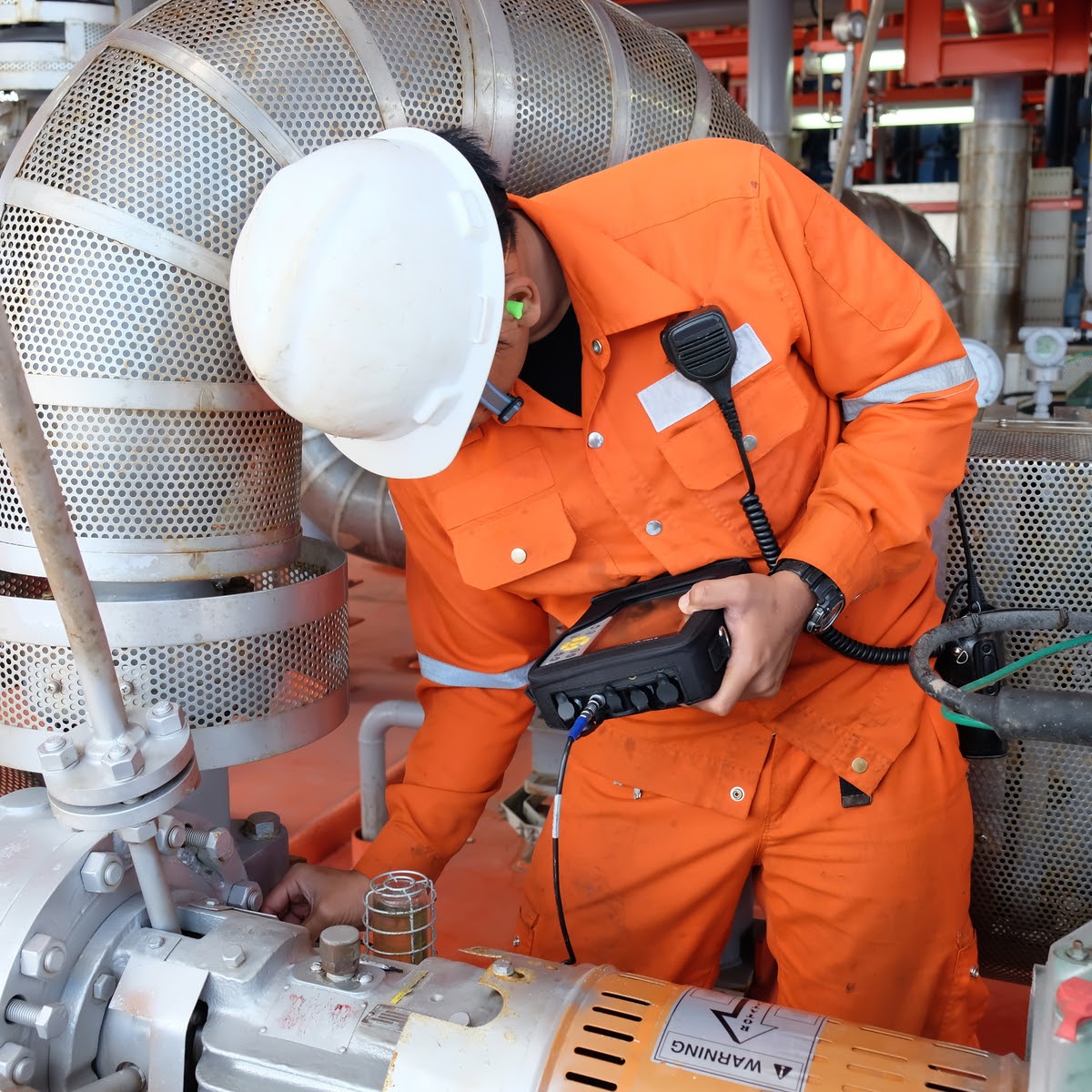
Sometimes, the hardest part of maintenance and keeping a facility’s equipment reliable is trying to understand how well a piece of equipment is performing and detecting issues early. Vibration analysis is one technique for detecting problems before they cause catastrophic issues. Vibration analysis can be used as a troubleshooting technique to diagnose issues that have already occurred, or as a predictive maintenance technique that helps to alert maintenance staff to problems before they become apparent.
What Is Vibration Analysis?
Machinery generates vibrations while in operation. Usually, these vibrations are completely normal behavior for the machinery. As equipment begins to wear out, or become misaligned, loose, or unbalanced, these vibrations can change. A specialist can analyze these vibrations and changes to identify issues. Some of the most common issues that can be detected through vibration analysis are:
- Unbalance
- Bent shafts
- Cavitation in pumps
- Bearing issues
- Lubrication issues
How Does Vibration Analysis Work?
The first step in understanding how vibration analysis works is understanding the key parameters that need to be measured. The first important parameter is frequency, or how often a particular vibration is occurring. The frequency is often recorded with respect to the speed at which the machine is operating. For example, a vibration may occur with every revolution of the machine, or three times for every one rotation of the machine.
The other important parameters of vibration analysis are concerned with the force and energy of the vibration. Acceleration is used to detect high-frequency faults, such as early-stage bearing and gearbox faults. Velocity is a general-purpose measurement that can be used (in the mid-frequency range) to detect faults that you can feel, such as misalignment, looseness, and unbalance. Displacement is good for low-frequency vibrations, and is used in fluid film bearings, slow speed applications, and other specialty areas.
All of these parameters are measured by sensors that are placed directly on the equipment being analyzed. Piezoelectric sensors and microelectromechanical sensors are some of the most common types used. These sensors are carefully mounted and record data at specific rates. The data is then sent to a computer to be analyzed by an algorithm, and the results of the algorithm are analyzed by an engineer or vibration analyst. These results can give tremendous insights into the health of the machine.
What Is Predictive Maintenance?
Vibration analysis can be even more valuable when used for predictive maintenance. Proactively finding potential issues using predictive maintenance and vibration analysis helps to prevent unexpected downtime at your facility and helps to smooth the workload for the maintenance staff by allowing repairs to be scheduled before a situation occurs.
Related: How Do I Start Preventative Maintenance?
With modern technology and computing power, continuous vibration analysis is now a reality. This means that if your facility has essential equipment where unexpected downtime can be a very costly endeavor, equipping that machinery with a continuous vibration analysis system may be the way to go. Equipment that is difficult to assess can also benefit from a remote monitoring system, which helps to lighten the workload on the maintenance staff.
Unexpected downtime is never a good thing and can severely affect a facility’s bottom line. Vibration analysis is a tool that can help prevent these issues from occurring. To learn more about vibration analysis and predictive maintenance, contact the experts at Tate to see how your facility can benefit.
